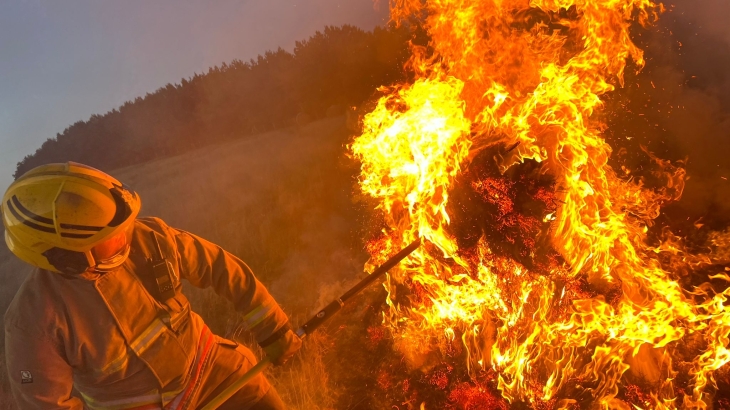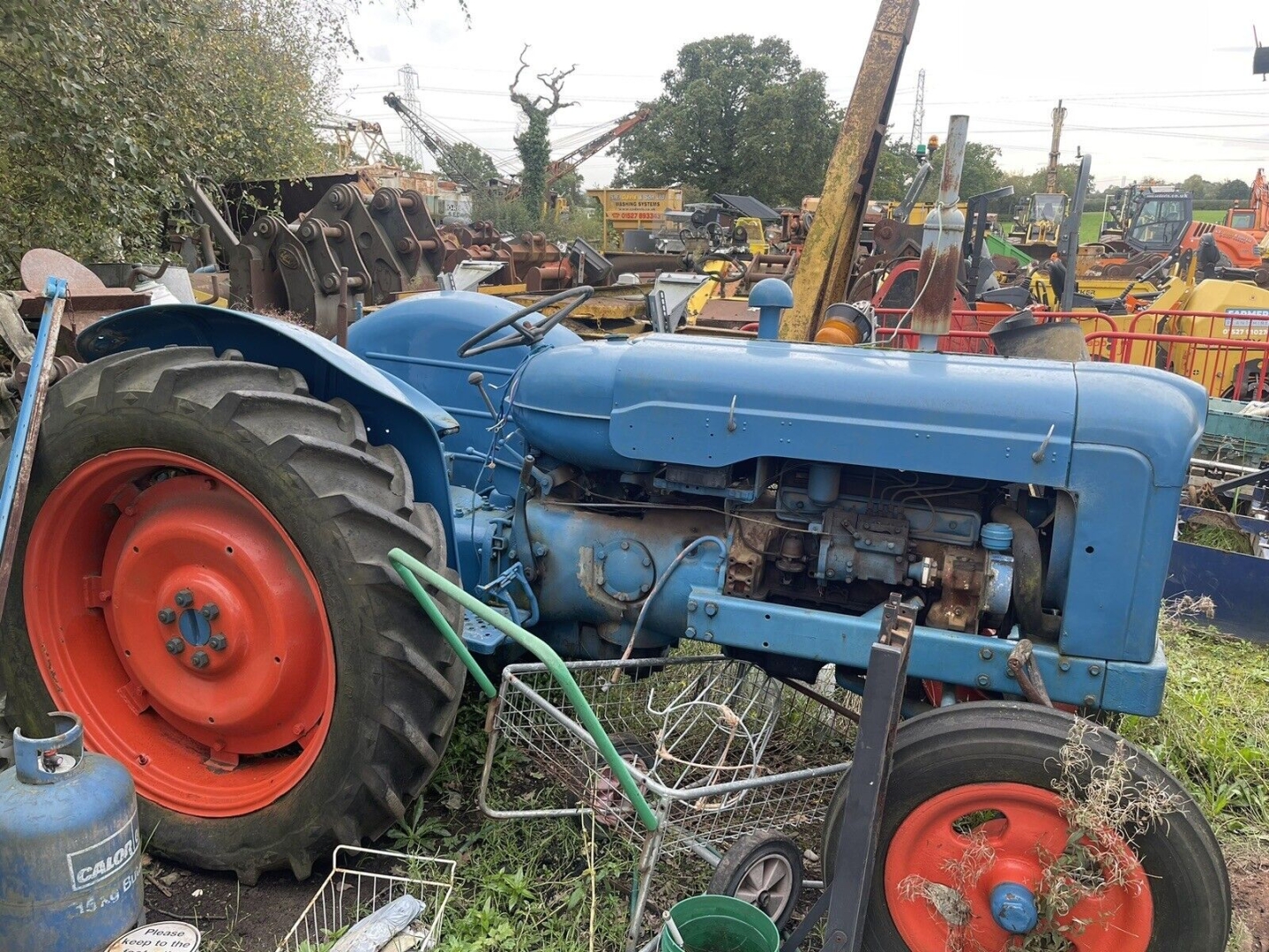
Fires on farms pose a significant threat to life, property, and the environment, making them a pressing concern for agricultural communities worldwide.
These fires, often triggered by a variety of factors ranging from electrical faults to human error or natural phenomena like lightning strikes, can escalate rapidly due to the abundance of combustible materials present in agricultural settings. While the image of a peaceful rural landscape might evoke notions of safety, the reality is that farm fires can unleash devastating consequences with far-reaching impacts.
From the loss of valuable livestock and crops to the destruction of vital infrastructure and the exacerbation of environmental degradation, the ramifications of farm fires are profound and multifaceted. Furthermore, these fires can strain emergency response resources and inflict long-term economic repercussions on farming communities, underscoring the urgent need for comprehensive prevention and mitigation strategies.
Through understanding the dynamics of farm fires and their impacts, we can work towards fostering resilience within farming communities and promoting sustainable practices that mitigate the risk of such disasters.
The biggest farm-based fire risks are:
- Hay fires
- Fire caused by humans
- Fires involving hazardous materials and fuel
- Farm vehicles and machinery
- Fires caused by sparks (welding, grinding or other hot works)
- Electrical faults causing fires
1. Hay fires
Remove hay and straw from fields as soon as possible after harvesting. Ensure it is dry before storing, to prevent spontaneous combustion – many fires are caused by storing damp or wet hay.
Fires can very easily spread. Store hay and straw away from other buildings - especially those containing fuels or chemicals, and separate from livestock.
Store hay and straw in stacks at least 10 metres apart and ensure there is sufficient space between the top of the stack and electrical roof lighting.
2. Fire caused by humans
Cigarettes and smoking pose a fire risk - make sure you have designated areas for smoking away from combustible materials and ensure cigarettes and matches are extinguished properly.
Avoid open fires and barbecues and only allow camping and picnicking in controlled areas.
3. Fires involving hazardous materials and fuel
Ensure any fuels, chemicals and hazardous materials are stored securely and clearly labelled. They should be stored well away from other buildings. Only store what you need.
Make sure you have completed your COSHH (Control of Substances Hazardous to Health Regulations) assessment. For further information, read the Government's advice around COSHH in agriculture.
4. Farm vehicles and machinery
Ensure machinery is well maintained and serviced regularly – clean machinery regularly to keep it free from hay, straw, oil and grease. Vehicles – including cars and vans – that are not well maintained are at a higher risk of fire.
5. Fires caused by sparks (welding, grinding or other hot works)
It only takes one spark landing on dry materials to start a fire. Welding and grinding can pose a high fire risk if carried out in the wrong place. Only carry out hot work, such as welding or grinding, in clear areas well away from any flammable substances and buildings used to store hay/straw.
6. Electrical faults causing fires
Carry out regular electrical safety checks, especially in areas where straw or hay is stored. Never leave anything running or switched on unnecessarily.
Be prepared for fire
Keep escape routes clear at all times and keep all areas free from rubbish, oily cloths and other combustible materials.
Make sure everyone at the farm knows what to do in the event of a fire. Carry a mobile phone at all times, especially if working alone.
Keep firefighting equipment in good working order and ensure it is serviced regularly. Make sure it is always easily accessible and that everyone is aware of where it is located.
Make sure that the entrance to your farm is clearly signposted and keep all access routes clear for emergency vehicles.
Download a location app such as What3words app or Ordnance Survey Locate to give a specific location to the emergency services.
Read our wildfire advice for people living in rural areas.
What to do in an agricultural fire
Get to a safe place away from the fire.
Call 999 with the following details:
full location – ordnance survey grid reference or What3words location if possible
what is involved or likely to become involved in the fire i.e. chemicals, hay etc.
information about access to the fire for fire engines
if there will be problems accessing water supplies
make yourself known to the fire crew when they arrive.
Stay away from the fire.
Then, when everyone is safe:
prepare to evacuate livestock should the fire spread
prepare to use farm machinery to assist the fire and rescue service to move straw/hay etc.
Protect your animals and livestock from risk of fire
Make sure you have an animal evacuation plan for your livestock in the event of a fire.
Do not store flammable items near livestock.
Two brown and white cows behind a barbed wire fence.
Who is responsible for fire safety on the farm and what does this include?
Fire safety legislation applies to all farm buildings where people work, including packing sheds, milking parlours, barns, holiday lets and farmhouses used for providing bed and breakfast.
The farm owner or manager is usually the 'Responsible Person' who has the duty to ensure adequate fire safety provisions are in place.
Failure to comply with fire safety laws may lead to prosecution.
A fire safety risk assessment must be carried out. Your fire risk assessment will help you identify risks that can be removed or reduced, as well as help you to decide the nature and extent of the fire precautions you need to take to keep people safe.
Preventing arson at your farm
Many farm fires are caused by arson. There are precautions you can take to reduce the risk of these attacks.
Security
Lock sheds and buildings.
Keep fuels, chemicals, pesticides and fertilisers locked away.
Repair or replace damaged fencing and gates.
Display security notices and use security alarms and lighting.
Use dogs or geese to give early warning of intruders.
Storage
Hay and straw should be removed from fields as soon as possible after harvesting.
Hay and straw should be stored:
away from other buildings, particularly those housing fuels, agrochemicals and machinery.
in stacks of reasonable size, spaced at least 10 metres apart.
separate from livestock housing.
Rubbish should be disposed of safely and on a regular basis.
We recommend you carry out a survey of your farm. This will help identify areas where an arsonist could strike. If there are certain areas you are unsure about, ask your local crime prevention officer or insurance advisor for assistance.
